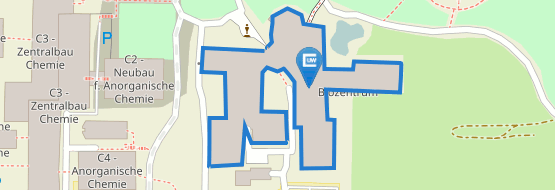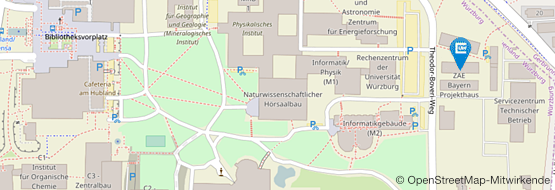The universal language of hormones
03/19/2018
Bioinformatics specialists from the University of Würzburg have studied a specific class of hormones which is relevant for plants, bacteria and indirectly for humans, too. Their results challenge previous scientific assumptions.
more






















